Everyday Life and Consumer Culture in Eighteenth-Century Damascus
$90.00 $22.50
Damascus was for centuries a center of learning and commerce. Drawing on the city’s dazzling literary tradition-a rich collection of poetry, chronicles, travel accounts, and biographical dictionaries-as well as on Islamic court records, James Grehan explores the material culture of premodern Damascus, reconstructing the economic infrastructure, social customs, and private consumer habits that dominated this cosmopolitan hub in the 1700s. He sketches a lively history of diet, furniture, fashion, and other aspects of daily life, providing an unusual and intimate account of the choices, constraints, and compromises that defined consumer behavior.
Coffee, tobacco, and light firearms had arisen as new luxury items in preceding centuries, and Grehan traces the usage of such goods in order to get a picture of the overall standard of living in the premodern Middle East. He looks particularly at how wealth and poverty were defined and how consumption patterns expressed notions of taste, class, and power, illuminating the prominent role played by Damascus in shaping the economy and culture of the Middle East.
In assessing the magnitude of social change in modern times, we have few benchmarks from the period preceding the onset of modernity in the nineteenth century. This informative study will make possible more precise cultural and economic comparisons between different parts of the world as it stood on the brink of a radically new economic and political order. The book’s focus on a little-examined period and region will appeal to scholars and students of urban social history and Arab popular culture.
Everyday Life and Consumer Culture in Eighteenth-Century Damascus is written by James P. Grehan and published by University of Washington Press. The Digital and eTextbook ISBNs for Everyday Life and Consumer Culture in Eighteenth-Century Damascus are 9780295801636, 0295801638 and the print ISBNs are 9780295986760, 029598676X
No comments yet
Related products
History
History
History
Ancient


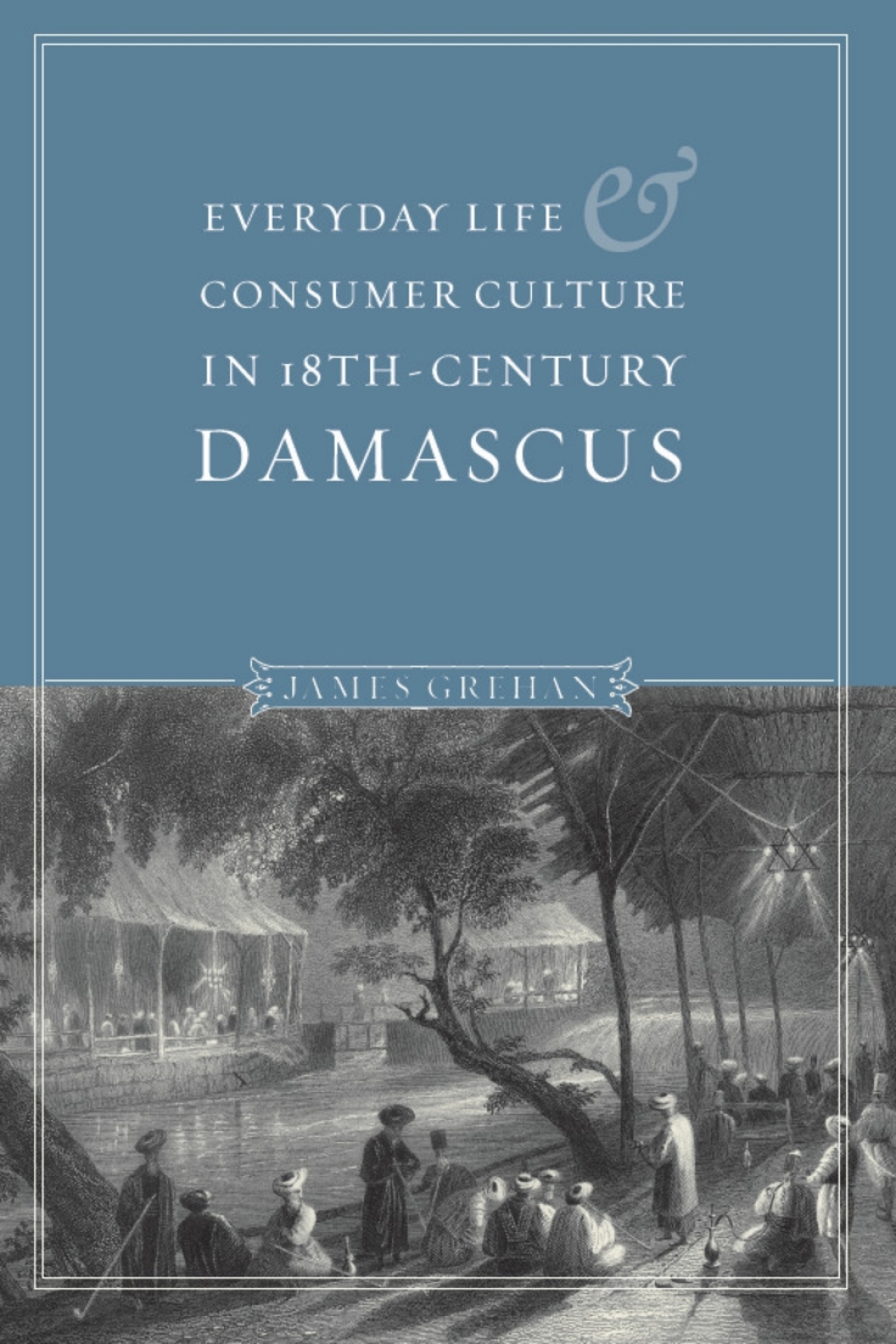

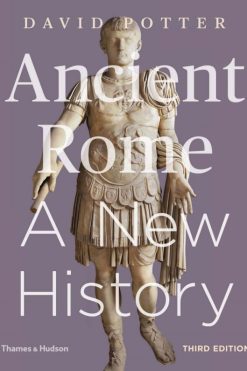

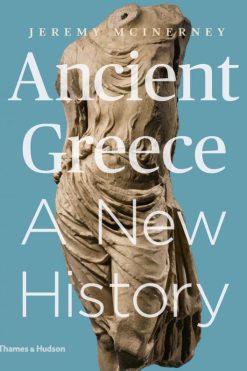




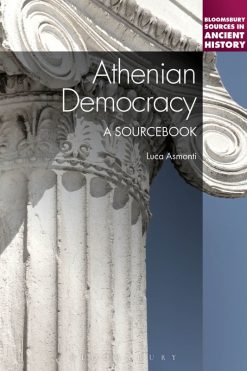
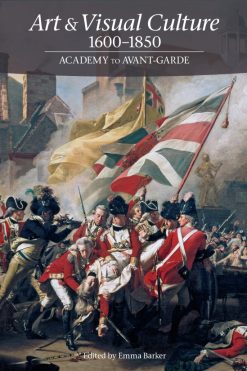
Review Everyday Life and Consumer Culture in Eighteenth-Century Damascus
There are no reviews yet.